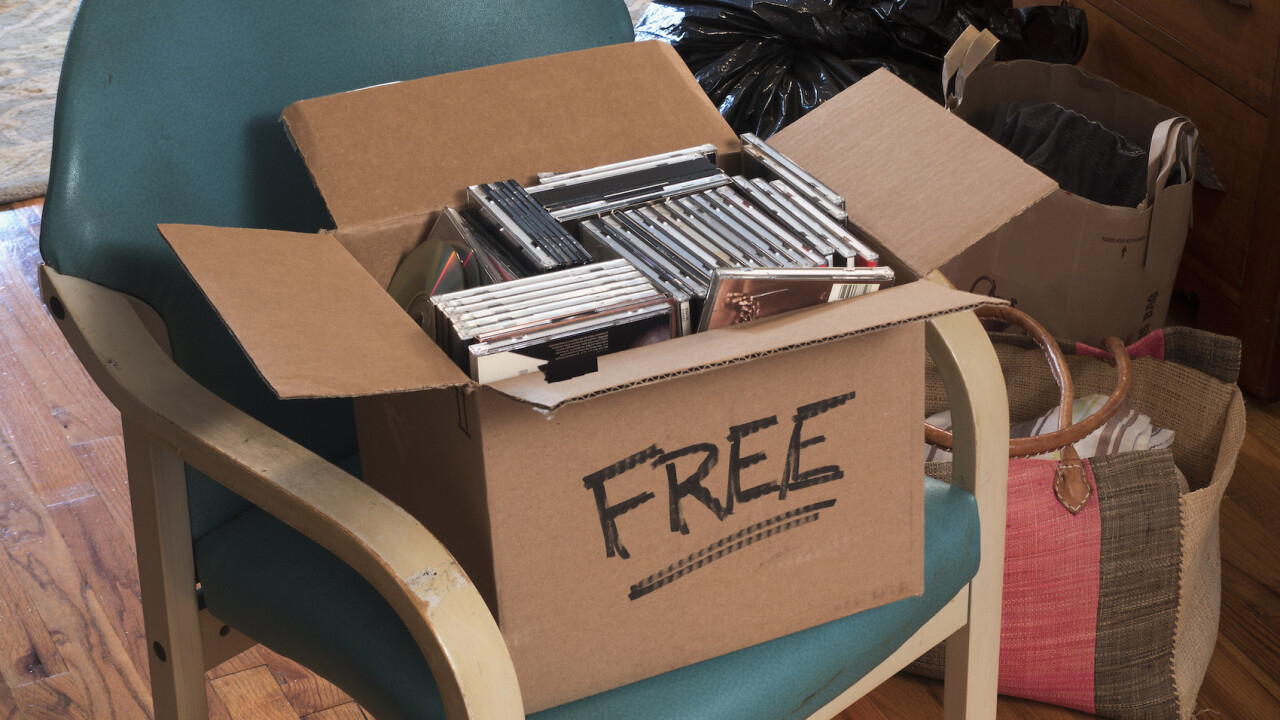
Ali Gates is the CEO and Founder of Claim It!, an app where thousands of locals win sneakers, handbags, snacks, tickets & gift cards every week.
Two of the most powerful words in the English language are “free” and “sex”. While the latter is a bit racy, the former presents an opportunity all brands should capitalize on.
The psychological impact of ‘free’
In studying people’s response to free offers, behavioral scientist Dan Ariely found that free, “only had an upside. It creates an emotional reaction. It makes us value it more.” He goes on to add, “We don’t think of zero as having any downside. It’s a category by itself and we think about it very differently.” Free has a special appeal. That said, considering how often the word is used in advertising and marketing, consumers have started to become skeptical of things that seem too good to be true.
Many believe nothing in this world is free, and that ‘free’ usually comes at a price. In some cases, sharing a piece of personal information such as your name, email or mailing address is sufficient. In 2014, customer experience solutions firm SDL published a study which found that 55 percent of its 300 Millennials surveyed interacted with brands on social media in exchange for free products. Around 62 percent did so in order to receive discounts. Consumers understand the price of ‘free’ and are happy to pay it.
For marketers, offering a discount is an easy way to grab a shopper’s attention. But studies show that ‘free’ is a more compelling call-to-action. In 2012, researchers from the University of Minnesota’s Carlson School of Management explored consumers’ attitudes towards discounting. The Economist reported, “In an experiment, the researchers sold 73 percent more hand lotion when it was offered in a bonus pack than when it carried an equivalent discount.” This revealed that consumers were more likely to buy a particular product if it came with something extra for free instead of receiving it at a discount. Free things trigger a stronger emotional response than discounts do.
How brands can turn ‘free’ into profit
Businesses need consumers to pay for their products and services. Yet, companies profit when they offer things to customers for free. Giving stuff away for financial gain may be counterintuitive but according to personal finance writer Martha C. White, brands win five ways when they share free products:
- Consumers are inclined to buy more.
- Customers become willing to pay a higher price for it later.
- Items increase in value when they’re free instead of when they’re discounted.
- Brands can leverage freebies to upsell other goods (e.g. buy one, get one or get a free gift bag when you spend $75 or more).
- Recipients are 20% more likely to spread word-of-mouth.
Effectively, it pays to give your customers things for free.
A 2011 report by Kantar Media surveyed more than 2,500 online shoppers to see what would motivate them “to purchase more products online.” The top two responses were “free shipping” (77 percnt) and “free returns” (56 percent). These phrases were most likely to prompt customers to add extra items to their shopping cart. In analyzing the study’s results, Roger Dooley of Neuromarketing pointed out, “it sticks out that by far the strongest motivators to make a purchase have one word in common: ‘FREE!’” For e-commerce businesses, free offers easily increase average order totals and customer lifetime value.
Other times, free products kick start warm brand-customer relationships. In a recent giveaway in partnership with Crumbs Bake Shop in New York City, my company, Claim It!, gave away 200 packs of ice cream. During the two hours, hundreds of Claim It! app users showed up to claim their free dessert. In exchange for the ice cream snack, guests volunteered 15 seconds of their time to view an ad from one of our sponsors.
Although there was no obligation to purchase, more than half of the folks who claimed their free treat bought an item while on-site. The campaign provided users with a refreshing snack and Crumbs acquired more than a hundred paying customers.
For businesses, free giveaways have long provided a way to encourage trial. Companies consider samples a cheap (and effective) alternative to traditional advertising. To understand why brands would give things away, The Street reporter Jason Notte explained, “keep in mind that getting a customer to even try a product is the biggest part of the battle — with companies spending more than $94 billion in advertising alone last year just to get people to consider a product they may never have sampled, according to Kantar Media.
With the free sample, a company gets the customer to try a product without putting up a price barrier, while the customer gets a ‘free’ item while not having to gamble a portion of that week’s grocery bill on a product they may not even like.” Knowing this, brands happily eat the costs associated with free samples.
With free samples, shoppers get to experience something new and companies get their shot at a positive first-impression. In The Atlantic, Joe Pinsker wrote, “Retailers, too, have their own reasons to love sampling, from the financial (samples have boosted sales in some cases by as much as 2,000 percent) to the behavioral (they can sway people to habitually buy things that they never used to purchase).” People who try a product first are more likely to buy it later. That is because sampling tends to foster reciprocity and store loyalty.
Companies that entice shoppers with a free offer begin new customer relationships on a positive note. Long-term that can translate into valuable brand awareness, sales and word-of-mouth.
Read Next: The hidden power of inconsistency in design
Image credit: Shutterstock
Get the TNW newsletter
Get the most important tech news in your inbox each week.







